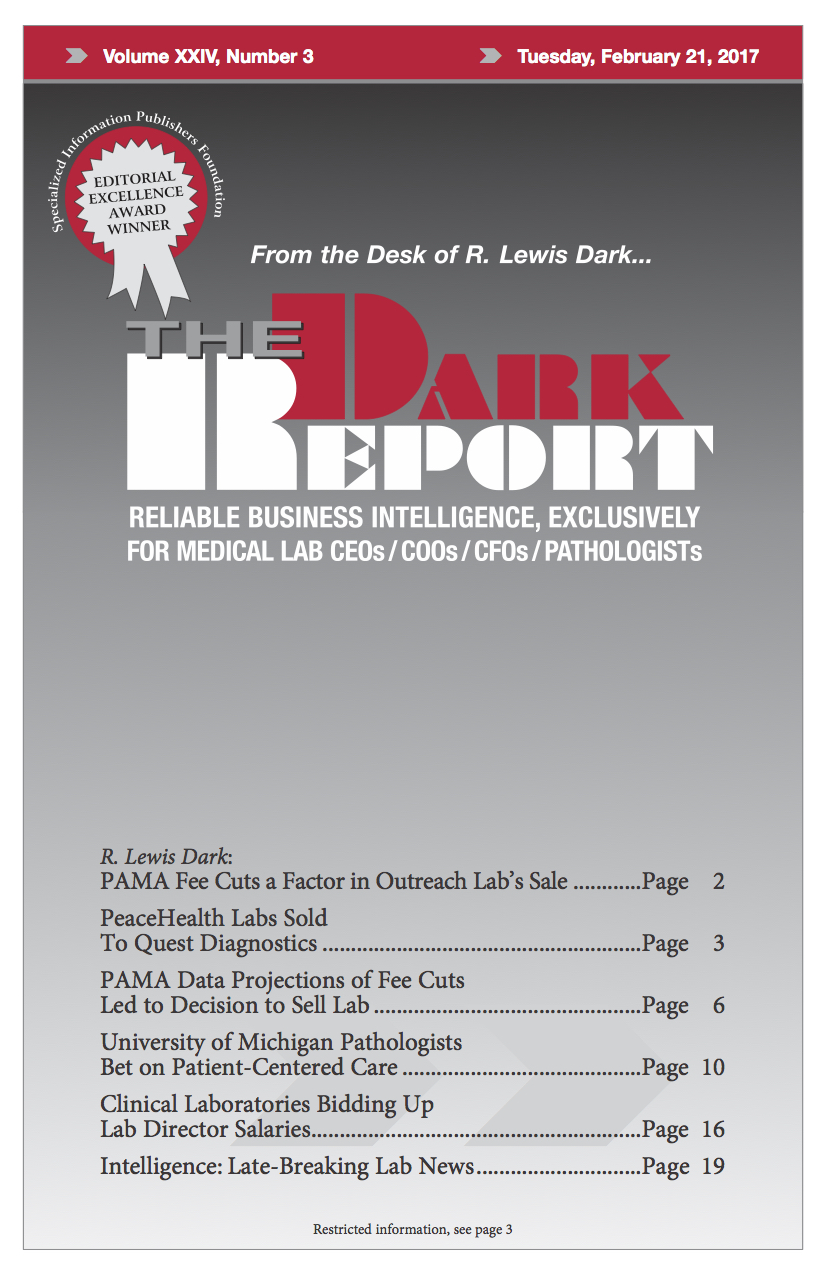CEO SUMMARY: At the University of Michigan Medical Center, the Department of Pathology is learning new ways to add value that include face-to-face meetings with patients as part of UMMC’s patient- and family-centered care initiative. One lesson learned is that patients appreciate the opportunity to get a better understanding of the results from both anatomic …
University of Michigan Pathologists Bet on Patient-Centered Care Read More »
To access this post, you must purchase The Dark Report.


